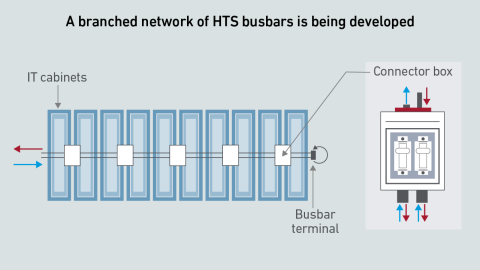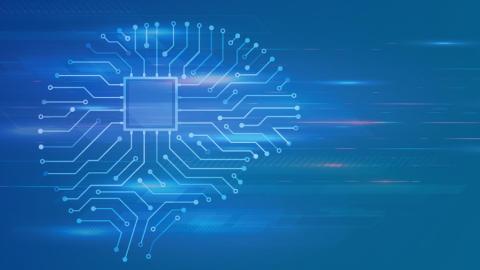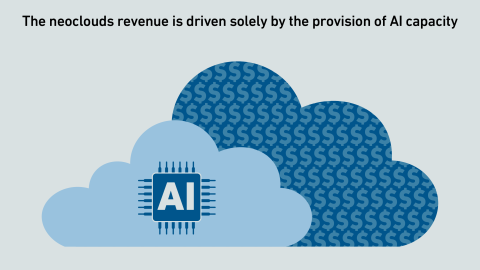Nvidia’s DSX proposal outlines a software-led model where digital twins, modular design and automation could shape how future gigawatt-scale AI facilities operate, even though the approach remains largely conceptual.
filters
Explore All Topics
Giant data centers are being planned and built across the world to support AI, with successful projects forming the backbone of a huge expansion in capacity. But many are also uncertain, indicating risks and persistent headwinds.
Meeting the stringent technical and commercial standards for UPS energy storage applications takes time and investment — during which Li-ion technology keeps evolving. With Natron gone, will ZincFive be able to take the opportunity?
Data4 needed to test how to build and commission liquid-cooled high-capacity racks before offering them to customers. The operator used a proof-of-concept test to develop an industrialized version, which is now in commercial operation.
The updated model projects a doubling of power consumption by the end of 2026, with IT loads serving generative AI workloads breaking through 10 GW of capacity.
Enhanced geothermal systems use advanced drilling and hydrofracturing techniques to access geothermal energy in more locations. Some data centers may use enhanced geothermal energy for on-site, low-carbon power.
A bout of consolidation and investment activity in cooling systems in the past 12 months reflects widespread expectation of a continued spending surge on data center infrastructure.
There is an expectation that AI will be useful in data center operations. For this to happen, software vendors need to deliver new products and use cases - and these are starting to appear more often.
Performant cooling requires a full-system approach to eliminate thermal bottlenecks. Extreme silicon TDPs and highly efficient cooling do not have to be mutually exclusive if the data center and chip vendors work together.
Financial institutions are embracing public cloud for some mission-critical workloads, and using it as a launchpad for AI development.
Consensus is growing that a major market "correction" is coming: while some infrastructure operators are highly exposed, others may stand to benefit.
As IT organizations embrace AI, data center facilities and colocation providers need to plan to deploy the supporting infrastructure - despite many uncertainties. Most, however, are still moving cautiously.
Superconducting busbars could offer a solution for delivering power to high-density racks, eliminating resistive heating and removing the need to shift to medium voltage distribution equipment.
Research into neuromorphic computing could lead to the creation of smaller, faster and more energy-efficient AI accelerators. This would have a transformative impact on digital infrastructure.
By raising debt, building data centers and using colos, neoclouds shield hyperscalers from the financial and technological shocks of the AI boom. They share in the upside if demand grows, but are burdened with stranded assets if it stalls.
 Dr. Rand Talib
Dr. Rand Talib

 John O'Brien
John O'Brien
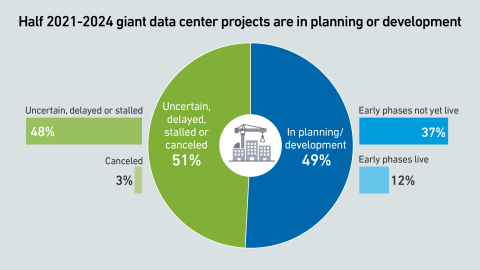
 Daniel Bizo
Daniel Bizo
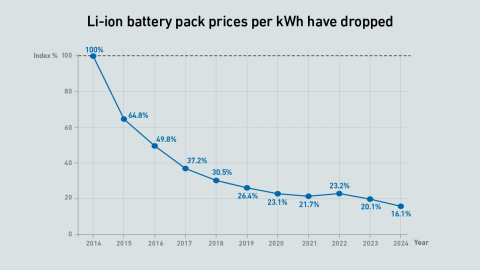
 Peter Judge
Peter Judge

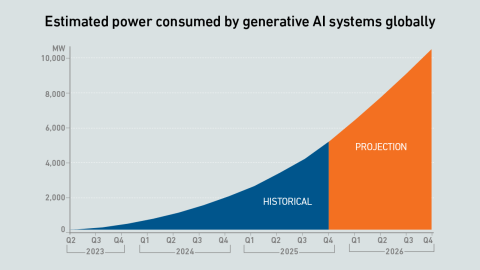
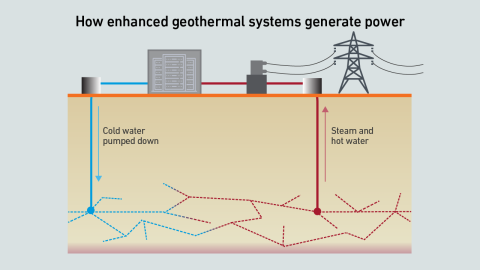

 Max Smolaks
Max Smolaks
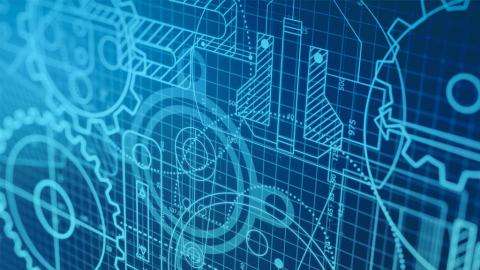
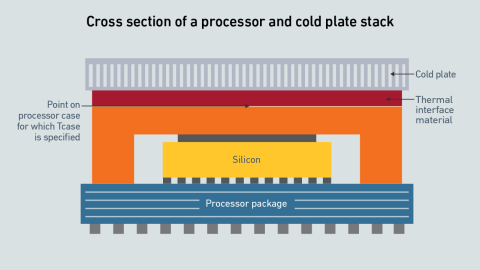
 Dr. Owen Rogers
Dr. Owen Rogers

 Andy Lawrence
Andy Lawrence


